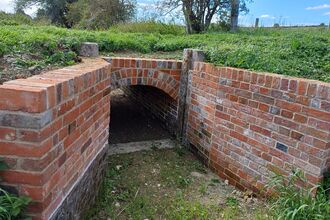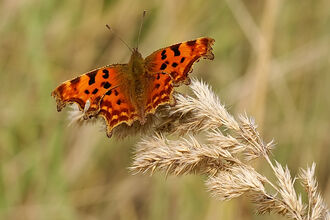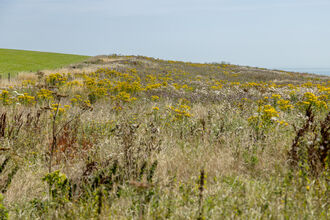This stunning dragonfly is easy to recognise thanks to its bold yellow-and-black striped body and vibrant green eyes. With a body length of up to 8cm and a wingspan over 10cm, it’s one of the UK’s largest dragonfly species. And despite its size and fierce appearance, the golden-ringed dragonfly is completely harmless to humans.
Found in acidic streams and wet heathlands, these dragonflies are superb aerial hunters. Adults can often be seen patrolling territory or hovering with great control as they watch for prey. Their diet includes midges, flies, and even smaller dragonflies - snatched mid-air using their bristled legs.




